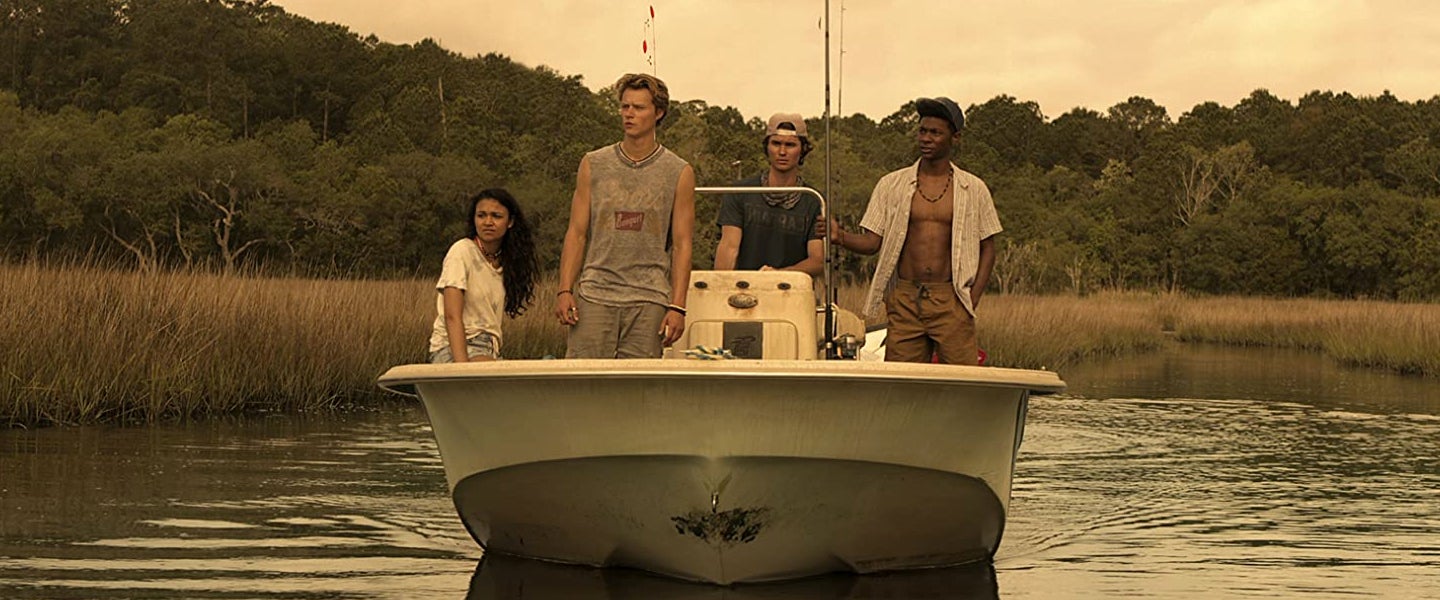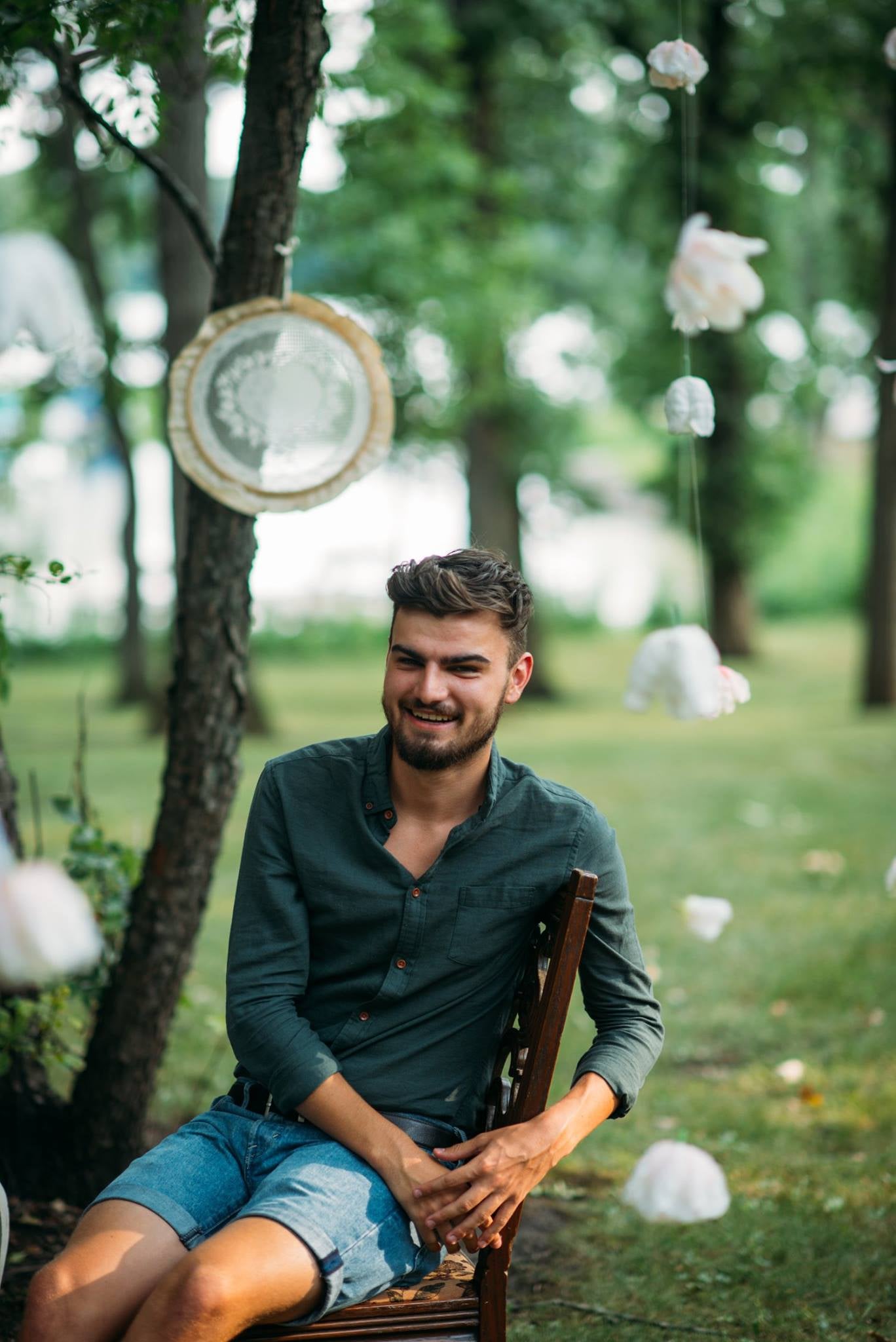Netflix’s latest attempt at the teen soap answers this unasked question: What if The O.C. had a baby with Ozark and raised their child in North Carolina?
Outer Banks, starring a bunch of actors in their twenties as 16-year-olds, follows four best friends known as the Pogues: John B. (Chase Stokes), Kiara (Madison Bailey), Pope (Jonathan Daviss) and J.J. (Rudy Pankow). They live on the barrier islands of North Carolina and spend their days hooking up, getting drunk and causing chaos.
The Pogues are deeply irresponsible. J.J. and Pope sink one of their enemy’s boats, while Kiara sets an inflatable movie screen on fire. Their parents’ insurance plans must be through the roof.
Most importantly, the Pogues are competing against murderous hitmen to find $400 million worth of gold lost at sea. These kids need boundaries, and I need a Klonopin.
For teens stuck at home in quarantine, the Pogues’ carelessness and sweeping adventures (set to gorgeous seaside backdrops) are summer goals. Seeing a bunch of fuckboys looking like Abercrombie models sneak into abandoned properties and throw keggers on the beach is perfect escapism from the monotony for staying inside all day.
stan JJ for clear skin✨ #OuterBanks pic.twitter.com/CSBDmrOZ6A
— — ella ? (@softydxc) May 18, 2020
If it weren’t for New York’s stay-at-home orders, Ryan would be tanning at Smith Point Beach in Suffolk County. Instead, she’s lounging on the couch watching John B. — who is never referred to as just John, only John B. — hit the beach with his buds. “I wish life were that simple right now,” Ryan says.
outer banks saved my quarantine
— ??????? ?? (@maybankftsuga) May 18, 2020
Life isn’t always so lackadaisical for the Pogues. John B.’s father is missing, J.J. lives with an abusive father, and Pope is trying to secure college scholarships. Kiara, who lives on the rich side of the island, constantly battles her social justice beliefs against her traditional parents.
All these concerns, though, fade when the crew comes together to sneak onto the mainland or cause mayhem at summer parties. (Outer Banks will not be winning awards for subtle or original writing.)
The show’s overt emphasis on adventures with your closest pals is inspiring teens in states with relaxed restrictions to venture outside of their homes. “Outer Banks made me and my friends really want to explore different parts of our town,” Raleigh Moncada, a 19-year-old from Austin, Texas, tells me.
Like the Pogues who jet out into the Atlantic Ocean, Moncada and his buddies recently took a boat out on Lake Travis in Austin. “Ever since the shelter-at-home law has been lifted, we have been trying to do everything we can,” Moncada says. “Do something, as opposed to staying on our technology all day.”
Outer Banks is deeply, insufferably American. The Kooks, teens on the rich side of town, wear their best Vineyard Vines and seersucker suits. One of the characters is even named Topper (Austin North). If you’re wondering how J.Crew became synonymous with white privilege, look no further than the Outer Banks wardrobe department.
Still, Outer Banks’s message that friendship trumps all is resonating with teens grappling with their life being put on pause and their future up in the air. “It’s sort of like we lived a different life through them,” Mila Gandeza, an 18-year-old in New Zealand, tells me. You and me both, Mila.

